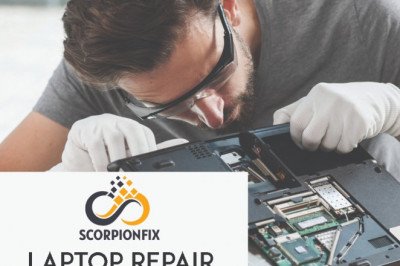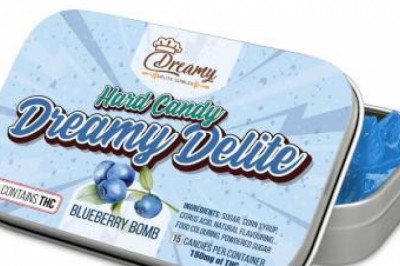views
The composite material processing process is derived and developed on the same basis according to the characteristics of different materials and the purpose of application. In addition to the light weight and strength of carbon fiber composites, different molding processes are also used according to the difference of application objects, so as to bring out the special properties of carbon fiber as much as possible. The following are several processes and applications of carbon fiber composites.
1 Hand Paste Molding
Apply release agent and gel coat on the working surface of the mold, lay the cut carbon fiber prepreg on the working surface of the mold, brush or spray the resin system glue, and after reaching the required thickness, the molding is cured and demolded. In today's highly developed preparation technology, the hand-gluing process is still widely used in many fields such as petrochemical containers, storage tanks, automobile shells, etc. with the advantages of simple process, low investment and wide application. Its disadvantages are loose texture, low density, low strength of products, and mainly rely on manual, unstable quality and low production efficiency.
2 Injection molding
It is a type of low-pressure molding in the hand-gluing process, using short-cut fibers and resin mixed by a spray gun and sprayed by compressed air on the mold to reach a predetermined thickness, then pressed by hand with rubber锟 and then cured into shape. It is a semi-mechanized molding process created to improve the hand gluing process, which has improved the work efficiency to a certain extent, and is used to manufacture the transition layer of automobile bodies, boat hulls, bathtubs, and storage tanks.
3 Laminated molding
This process can be directly inherited from the production method and equipment of wood plywood, and improved and perfected according to the rheological properties of resin. The laminated molding process is mainly used to produce composite panels of various specifications and for different purposes. It is characterized by high degree of mechanization and automation, stable product quality, etc., but the one-time investment in equipment is large.
4 Winding molding
The continuous fiber or cloth impregnated with resin glue is wound onto the core mold according to a certain rule, and then cured and demolded to become a composite product. Carbon fiber winding can give full play to its characteristics of high specific strength, high specific modulus and low density, and can be used to manufacture cylindrical, spherical and some positive curvature rotary or cylindrical carbon fiber products.
5 Pultrusion molding
Continuous carbon fiber bundles, tapes or cloths impregnated with resin glue are shaped and cured by extrusion dies under the action of traction force to continuously produce profiles of unlimited length. Pultrusion molding is a special process in the composite molding process, the advantage of which is that the production process can be fully automated and controlled, and the production efficiency is high. The fiber mass fraction of pultrusion molding products can be as high as 80%, and the impregnation is carried out under tension, which can give full play to the role of reinforcing materials, and the product strength is high, and the longitudinal and transverse strengths of the finished products can be adjusted arbitrarily to meet the different mechanical property requirements of the products. The process is suitable for the production of various cross-sectional shapes, such as I-beam, angle, slot, shaped cross-sectional pipes and the combination of cross-sectional profiles composed of the above-mentioned cross-sections.
6 Liquid forming
The process of synthesizing liquid monomer into polymer and then curing reaction from polymer into composite material is changed to be done directly in the mold at the same time, which reduces the energy consumption in the process and shortens the molding cycle (only about 2 minutes are needed to finish a product). However, the application of this process, must be based on accurate pipeline transport and metering and automatic temperature and pressure control, belongs to the intersection of polymer materials and recent high-tech science and technology, the current application is not very wide.
7 Vacuum hot press tank
The single-layer prepreg material in a predetermined direction to lay the composite material blanks in the hot press tank, at a certain temperature and pressure to complete the curing process. Hot press tank is a special pressure vessel that can withstand and control a certain temperature and pressure range. The blanks are placed on the surface of the mold with release agent, then covered with porous anti-adhesive cloth (film), adhesive-absorbing felt and breathable felt in turn, and sealed in a vacuum bag, and then placed in the hot press tank. Before heating and curing, the bag will be vacuumed to remove air and volatiles, then heating, pressurizing and curing according to the curing system of different resins. The development and implementation of the curing system is the key to ensure the quality of the hot press can molding parts. This molding process is suitable for manufacturing aircraft hatches, fairings, airborne radomes, brackets, wings, tail fins and other products.











